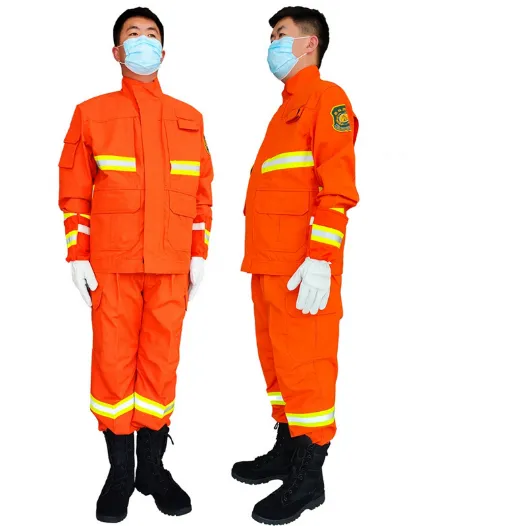

Additionally, suction hoses play a critical role in pumping operations. Firefighters use them to draw water from static sources such as lakes or ponds when hydrant access is unavailable. These hoses, made from a blend of rubber and synthetic fabric, have a rigid structure to prevent collapse under vacuum pressure, maintaining efficiency during suction. When considering which hose is appropriate, understanding NFPA (National Fire Protection Association) guidelines is paramount. Compliance with these standards ensures the hoses you choose meet rigorous safety and performance benchmarks crucial for firefighting effectiveness. Fire departments regularly train on these guidelines, underscoring the importance of using hoses that align with authoritative standards. Despite the variety of options, a key consideration is the fire hose's coupling mechanism. Reliable connections ensure a leak-proof seal, critical for maintaining consistent water pressure. Hoses typically feature either threaded or Storz couplings; the latter is particularly favored for its quick-connect capability, saving valuable time during fire emergencies. Finally, maintenance and testing play a vital role in sustaining hose performance and safety. Regular inspections for wear and tear, alongside periodic hydrostatic pressure testing, ensure that hoses remain in optimal condition when they are needed most. Fire departments frequently engage in these practices, relying on their expertise and experience to affirm the readiness of their equipment. In summary, selecting the right type of fire hose hinges on understanding both the application environment and relevant professional guidelines. By aligning choices with NFPA standards, leveraging professional experience, and integrating practical maintenance routines, firefighting entities can secure their operational reliability and upgrade their readiness against diverse fire challenges. This multifaceted approach not only strengthens firefighting efforts but also enhances the overall trustworthiness and safety of fire suppression systems.





























